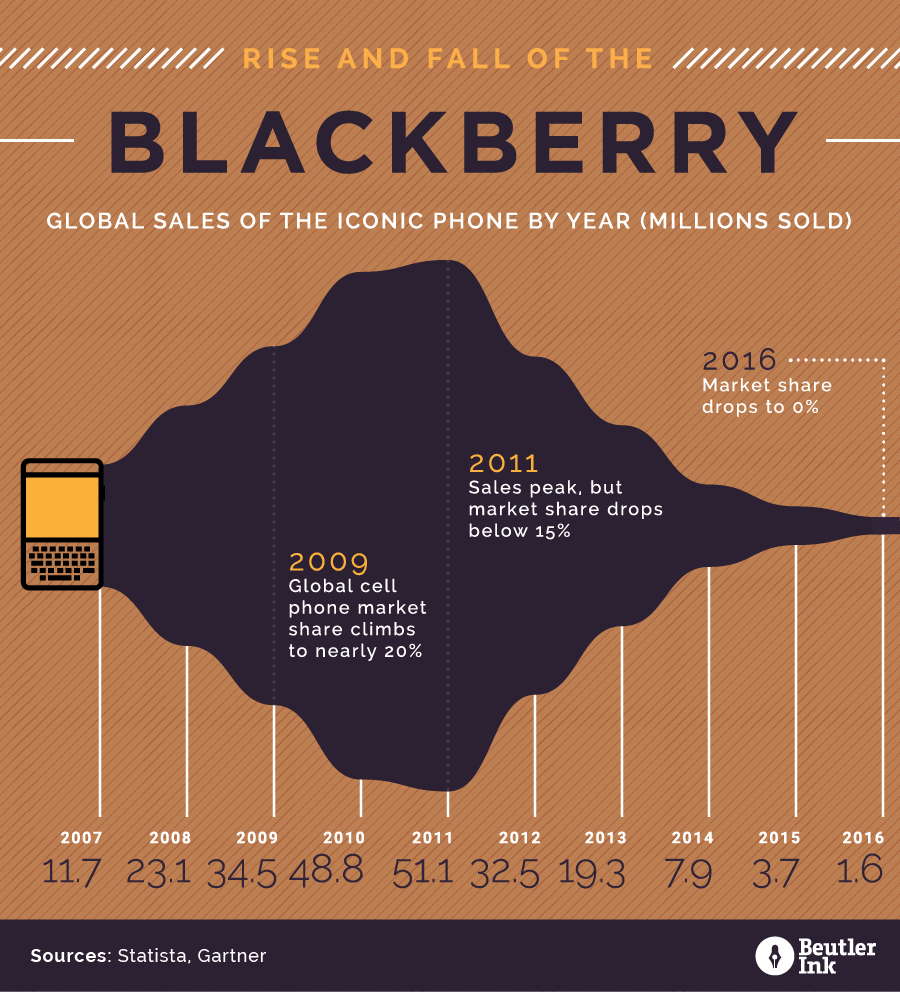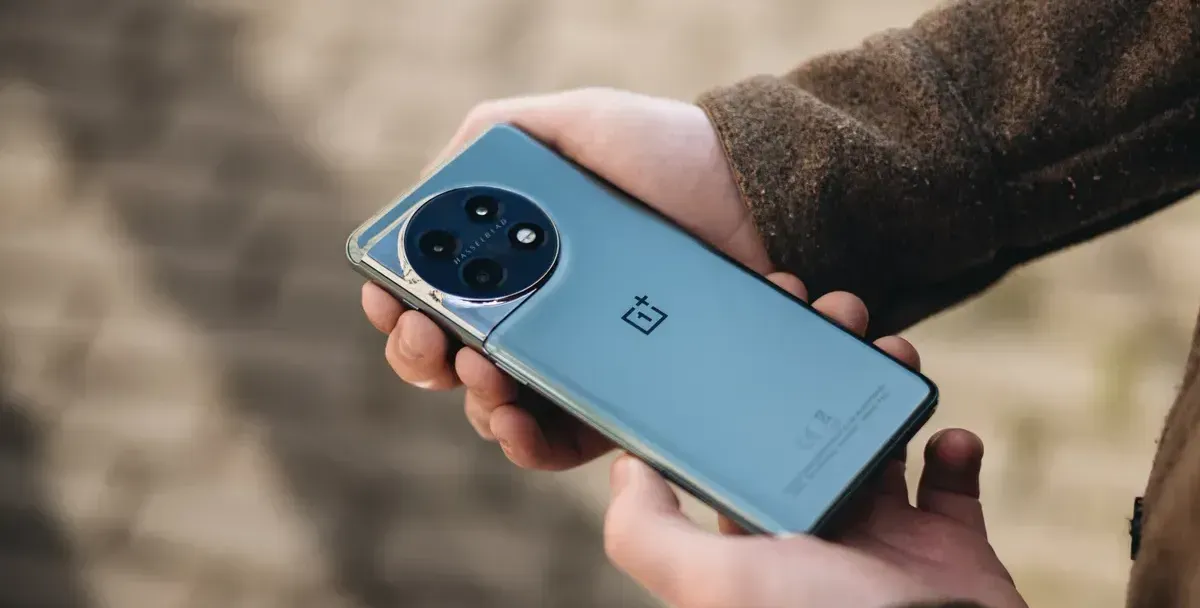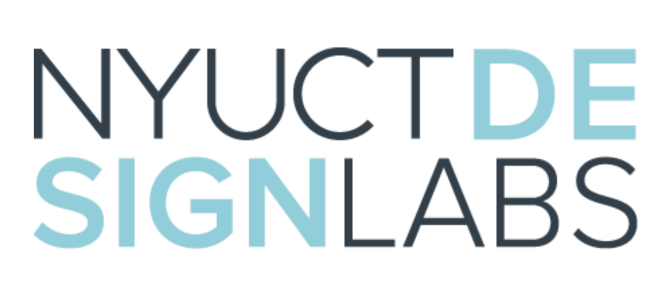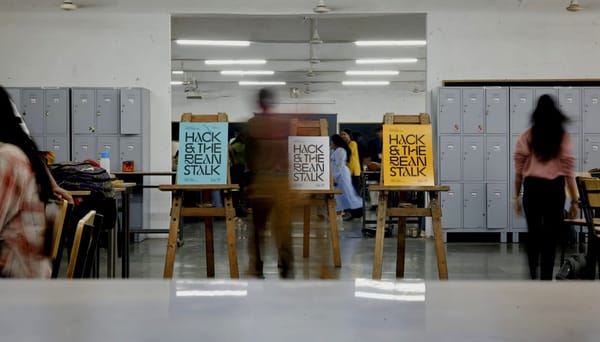Make Innovation Simpler with Three Agile Methods
Today for organisations and businesses, agility is the most valuable currency. If as a business you are not innovating, someone else will be conceiving ventures and ideas that will simply disrupt you out of the market. Here are three techniques that help make innovation simpler and more accessible.

As venture designers we are always rooting for brave and bold entrepreneurs who are embarking on their new business, trying to solve a problem or thinking the new. The world has become better, simpler and more delightful owing to this brave, intrepid tribe of founders and innovators. And productivity needs more of them. The world needs more of them. This is the foundation for creativity and development.
Reimagining is key.
Thinking the new, acting upon ideas and giving them life and business legs can make and remake the world every minute. It can make the world better and more delightful.
So what can help you reimagine? What can spur your organization to launch new ventures? And what prevents this from happening?
Start with the status quo. The comfortable present and unchanging present keeps us warm and comfortable. This most often prevents us from thinking the new.
This is possible if more and more people, start thinking about and questioning the status quo, and look at ways in which they can make the state of things better. Thinking about how they can solve persistent problems both obvious and non-obvious in a new way.

The biggest handicap that prevents this from happening is either a blind spot or being comfortable with the way things are. These are the warm waters for an organization. This is the proverbial example of the frog in the warm water.
Disruption rarely breeds in warm waters.
In the world of business, familiarity with a subject also breeds blind-spots and contempt for likely disruptions. A classic management school case is the story of the rise and fall of Blackberry, when the folks at the company believed they were invincible.

At the work place, when often we are in the midst of success we tend to develop blind spots. Other times when we are surrounded by the familiar time tested ways of working, standard processes, routine work and data, we are either so close to it, or so dulled by it, that we develop a resistance to new ideas and creative disruption. This lulls many into believing that status quo would be maintained and industry leaders would continue to be invincible in the marketplace.
These blind spots can be detrimental to innovation and imagining the new. And often oblivious to dramatic challengers emerging.
Familiarity they say breeds contempt. And we say, also blind spots.
The worst is when you're an "expert" because then you're even less likely to challenge your assumptions "– Jason Cohen, Founder & CEO - Smartbear Software.
But this can be cured. Simple tools and frameworks can help your organisation and your associates to develop the innovation muscle. Often collaborating with the right partners like design thinking firms, venture studios and using innovative methods can help organisations, businesses, startups and founders be more creative in solving problems and more productive in creating new products for the future.
Here are 3 techniques that can help you reimagine and design the new.
Here are three possible ways through which an organization or a founder one could spot and a new potential venture or a viable new business. These techniques would help cultivate a culture of innovation.
1. Spotting the blip.
Discontent is an opportunity for smart entrepreneurs.
Some of the most invaluable insights lie camouflaged in plain sight for its most obvious audiences. To notice aberrations or patterns behind the data, helps you notice simmering problems below the surface. This is what holds the key to innovations and breakthrough work. Looking for that blip, that moment of atypicality that holds answers.
The blip could be an underserved set of users, customers. It could be an unmet need. It could be a crack in the system that existing players or management have been oblivious to and if mended could be a significant revenue generator.
Let's look at an illustrative example. Such unmet needs and pools of under-served customers have led to the birth of businesses like the Madam C.J. Walker Manufacturing Company. Madam Walker is recorded in history as the first self -made lady millionaire in the United States. She made her fortune by developing and marketing a line of cosmetics and hair care products for black women who were underserved by the businesses, then.
North Carolina Mutual Life Insurance Company was started by a group of black social leaders who put together their own funds to create an insurance company for the underserved African-American community.
Angela Samuels reimagined the fashion world by seeing a blip in the industry where retailers cater to women, traditional sized 0-10. Having been a successful plus-size fashion model, and with degrees in child and youth care, she founded the Toronto based Voluptuous Clothing, a thriving plus-size online clothing store brand. All of this when she was just 23. The opportunity was as much around fashion as it was about the sheer impact of positive self esteem that her brand offered under-served customers in the market.
Apple moved in to address the differentiated needs of the design conscious users who thought and expressed themselves visually and were uninspired by Windows. The rest is history. Fred Smith wondered why letters couldn’t be delivered overnight when he conceived FedEx. Blips and the ability to notice them matters.
2. Joining the dots.
The ability to connect the dots as they say - to connect seemingly discrete, unrelated strings of data and information or insights throws up fascinating opportunities. These could be social data points or statistics, consumer trends, technology waves, financial behavior or platform adoption.

Uber literally might have joined the dots between (a) customers seeking instant on-demand mobility, (b) easing vehicle leases, (c) desired independence of cab owners and the (d) general urban nightmare of owning a car that both goes obsolete and is a pain to park in busy cities. What you as an entrepreneur offer as a solution, would be a unique way to string all these dots together. That is the unique ability of a founder, entrepreneur. Today Uber serves 633 cities and has been valued at over $70 billion.
So do we often take out time to join seemingly disparate information and insights across social, political, behavioral, technological and regulatory changes? If we cultivate this habit, one would see patterns forming that would hold the possibilities of new ventures.
3. Stretching the line.
Extrapolating refers to taking a piece of insight and extrapolating possibilities from it. This could be an observed trend in society, behavioral change amongst consumers, a successful model in action, which is spotted by someone who can extrapolate possibilities in a different context or area.
It is the ability to sight a trend and having the stretch vision to see its implications in a completely different market. Hence, you might not disrupt, if you continue to think like the industry. Bento boxes, Complan, Oreo Cookies and many such brands thrived with extrapolated use cases, markets and audiences.



Examples of products that have found use cases and markets beyond the usual.
Examples of modular builds or rapid assembly slowly making their way into industries like housing and hotels and phone manufacturing (an ambitious project by Google called ARA where the buyer could put together components that mattered to her/him in a phone) are later instances where possibilities were extrapolated by founders.
Google's project ARA
Another very interesting example has been the rise of the design counterpart of Apple in the Android world i.e. One Plus. It is possibly the only cult that exists in the android phone world (we do hope Samsung fanboys don't take offence).

They are deeply inspired by what Apple does. From top spec phones that launch online directly cutting off leakages in margins and ensuring better prices for customers, design & packaging sensibilities that are progressive, original features and material advancements, the clean and slick Oxygen UI (that has been the smoothest version of android), update supports that are guaranteed for 2-3 years and an inventive developer community have seen this mid range brand slowly climb the premium scale and popularity charts.
This is the Apple of the Android world. How long they retain that mantle remains to be seen, what with the merger of the Color OS, and Carl Pei's exodus to start a new revolution with the Nothing Phone. Probably the birth of the second cult from Carl Pei's visionary mind? (Sorry Samsung!)
For all the three routes mentioned above, a fresh pair of lenses and an open mind are pre-conditions.
Closed minds and insular attitudes can shut off possibilities. To spot the unusual in the usual often needs outsiders or a fresh pair of eyes and ears i.e. a bit of an outsider's mentality. And most of all, an open mind that is willing to consider the unobvious. An outsider often is more curious. More atypical.
Design doers and design thinkers use the method of inside - out i.e. adopting the true insider's role, getting into the user journey, anthropology and mindset of users and customers to unravel what opportunity lies to make the customer's life simpler, better and more productive.
After all innovation is the new, improved normal that comes to life when adopted by the user/s.
Role of venture design in helping your business reimagine the new, see the usual with new eyes.
Venture design teams could be extremely useful for businesses and budding founders in co-ideating, co-creating and designing new ventures. The outside in thinking which an interdisciplinary team brings is conducive for innovations and blue oceans.
Unique Design and Innovation Hackathons can help business solve problems creatively with design.
Today for large corporate houses, and businesses, agility is the most valuable currency. If as a business you are not imagining and acting upon threats to your normal yourself, someone else will be conceiving ventures and ideas that will simply disrupt you out of the market.
Corporate venture development and co-creation with venture design pools can be a smarter and faster way to carve newer roads to growth and profitability. As also to out-think challengers.
We would love to see businesses and creators get more adventurous with more delightful products, services and experiences. We would love to see them experiment a lot more. For that precedes better futures. For everyone – for people, for business, for creators and ideators.





